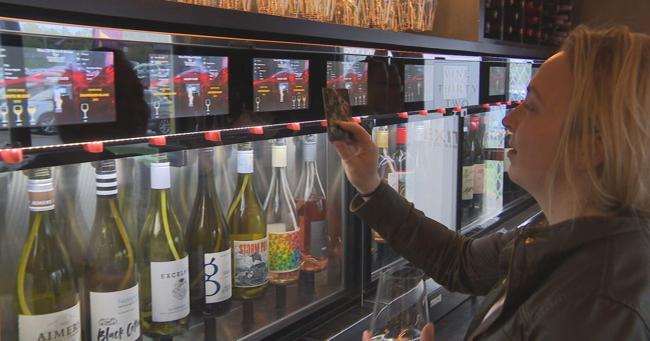Summary
The Jamaica Agricultural Society crowned Facey a phenomenal woman in agriculture in 2023 and that motivated her to take on farming as a way to fulfil a mandate given to mentor other women.
Source: Jamaica Observer

AI News Q&A (Free Content)
Q1: What innovative policy design has been developed to improve food accessibility and reduce wastage?
A1: A novel food distribution policy has been developed, focusing on equitable and fair distribution of donated foods to minimize wastage and ensure nutritional adequacy. This policy uses welfare and poverty indices to better cater to the demands and requirements of people, thereby improving food security for those in need. The approach has demonstrated improved coverage and reduced food wastage compared to current methods.
Q2: How does the SLED tracking system utilize machine learning to combat food waste and what are its benefits?
A2: The SLED tracking system uses machine learning algorithms to predict food spoilage based on sensory observations and food label dates. This system allows consumers to track food spoilage through an app, providing reminders to check on food, thereby reducing waste. Sensory observations have been found to be more accurate than traditional label dates, enabling better management of food freshness.
Q3: What are the primary drivers of food wastage in the European Union according to recent studies?
A3: Recent studies identify domestic food wastage as the leading contributor, accounting for 50-60% of total waste in the EU. Inefficiencies in manufacturing and retail, particularly in high-waste countries like Cyprus and Denmark, also significantly contribute to overall wastage. Effective wastage management policies in countries like Spain and Croatia have resulted in lower per capita food wastage.
Q4: What role does consumer behavior play in food wastage, and how can it be addressed?
A4: Consumer behavior is a critical factor in food wastage, particularly at the domestic level. Enhancing food safety knowledge and management practices through consumer education can mitigate health risks and reduce wastage. Tailored information, appropriate content, and effective delivery methods are crucial in influencing consumer behavior positively.
Q5: What are the socio-economic factors influencing food wastage trends in the EU?
A5: In the EU, socio-economic factors such as per capita GDP and carbon footprint have weak roles compared to domestic, manufacturing, and retail waste drivers. However, regional differences and sectoral contributions significantly influence wastage trends, necessitating interventions that address these specific factors.
Q6: How do sensory observations compare to traditional food label dates in determining spoilage?
A6: Sensory observations are more immediate and specific to food, proving to be more accurate than traditional food label dates in determining spoilage. This method allows for better management of food freshness, reducing unnecessary waste and improving consumer habits.
Q7: What are the potential interventions to reduce food wastage identified in recent research?
A7: Research suggests interventions should focus on minimizing household-level food waste through consumer awareness and behavior change initiatives. Additionally, addressing inefficiencies in manufacturing and retail processes by simplifying inventory management and redistribution chains is crucial to reducing overall wastage.
References:
- New Policy Design for Food Accessibility to the People in Need
- The SLED (Shelf Life Expiration Date) Tracking System: Using Machine Learning Algorithms to Combat Food Waste and Food Borne Illnesses
- Analysis of Waste Trends in the European Union (2021-2023): Sectorial Contributions, Regional Differences, and Socio-Economic Factors





